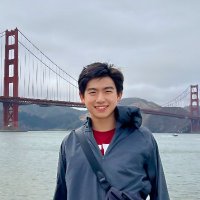
Yang Zheng
@yang_zheng18
PhD student @Stanford
ID: 1219950777944432641
https://y-zheng18.github.io/ 22-01-2020 11:51:51
31 Tweet
167 Followers
156 Following














@yang_zheng18
PhD student @Stanford
ID: 1219950777944432641
https://y-zheng18.github.io/ 22-01-2020 11:51:51
31 Tweet
167 Followers
156 Following












